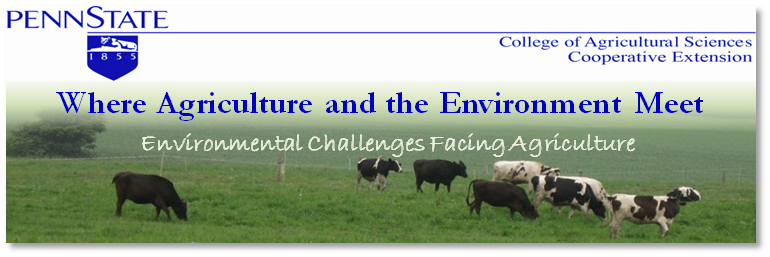This is the last in the series looking at what is measured in the Chesapeake Bay and if those measurements are moving in the right direction. In agriculture we mostly hear about nitrogen, phosphorus, and sediment, but as we have learned so far there are many other areas that are evaluated. The previous articles in this series have focused on water quality, plants, and invertebrates, which are directly impacted by nitrogen, phosphorus, and sediment. This last installment of the series will focus on the larger aquatic fish and shellfish that live in the Chesapeake Bay and are indirectly impacted by the excess nitrogen and phosphorus reaching the bay.
Although there are a number of fish and shellfish species in the bay the focus falls on blue crabs, striped bass, oysters, and shad as representative species to track more intensely. Many of these organisms are harvested for commercial sale and that harvest is tightly regulated. Also, these fish and shellfish are popular with tourists and are a source of local pride, which means their commercial value is only part of their overall value to the region.
One third of all the blue crabs sold in the United States come from the Chesapeake Bay and they need good water quality and underwater grasses to survive and thrive. Within the bay ecosystem they are consider both a predator of bottom dwelling organisms and prey for birds, which makes them a very important species. Their numbers are holding steady around the goal populations, but decreases in water quality could change their status.
Striped bass is the main fish species evaluated in terms of the health of the bay. The Chesapeake Bay is their primary spawning location on the Atlantic coast. Even though there are water quality concerns with the bay the striped bass population has exceeded the goal population since 1995.
Oysters filter water for food so they are very susceptible to water contamination, and because they filter the water they also help to increase water clarity. As mentioned in previous columns, an improvement in water clarity also improves the health of bay grasses and the entire ecosystem. At their peak, the number of oysters in the Chesapeake Bay could filter all the water in the bay in one week. It takes the current population one year to filter the entire bay. Oysters are only at 10% of their goal population with relatively no trends up or down since the mid 90’s.
Shad, or bay sardines, historically were a big part of the diet and culture of the people in the region. However, they suffered very low populations in the 70’s due to overfishing and dams. Shad spawn upstream so if dams are erected in the streams and rivers that feed the bay the shad have no place to spawn. In recent years fish passage systems have been installed in streams and rivers to provide the shad a way around the dams. The Susquehanna is less than 1% of its goal for shad spawning. Shad serve as a food source for striped bass and other larger fish so a decline in their population will impact other species.
Although this series has been a slight departure from the normal agriculture topics I think it is important to have an understanding of how the Chesapeake Bay as a whole is evaluated and how agriculture impacts that evaluation. The new water quality regulations being proposed for agriculture stem from these Chesapeake Bay evaluations that have been outlined in this series so although it may seem abstract the evaluation of the bay directly impacts all farmers in the watershed.


No comments:
Post a Comment